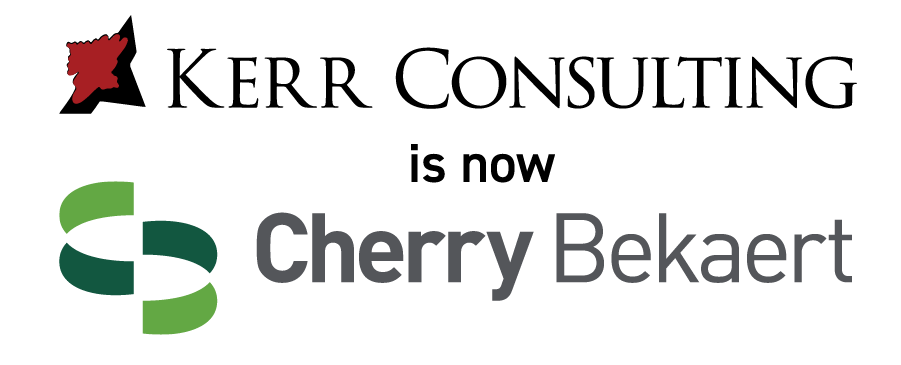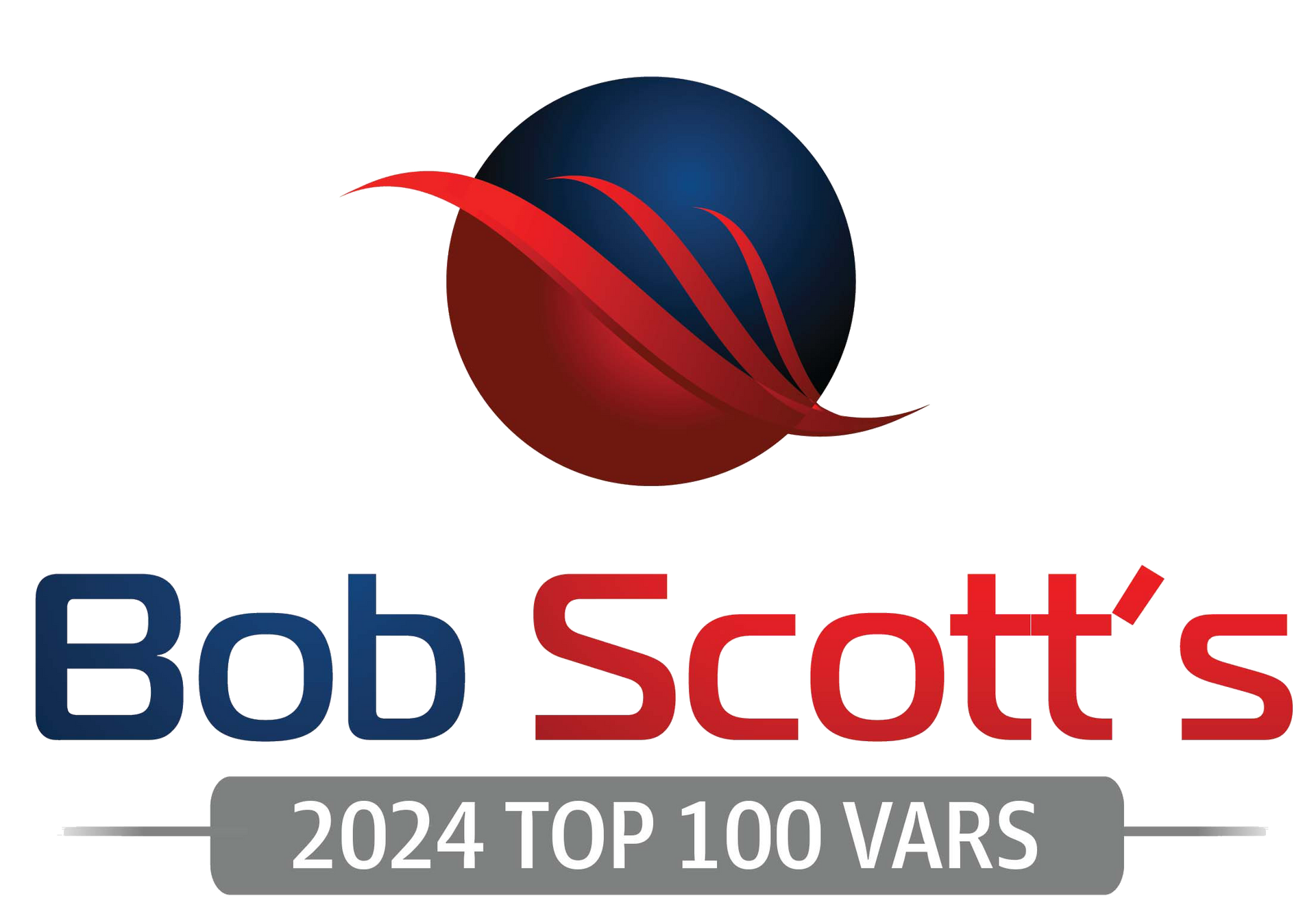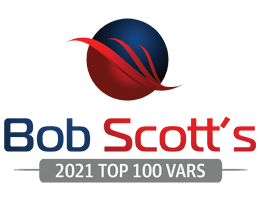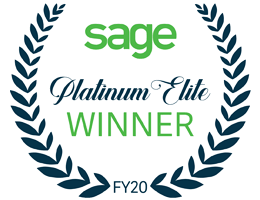Understanding Software Migration: A Comprehensive Guide for Businesses
Comprehensive Guide: Migrating to a New ERP System- Key Questions and Considerations

Note: Kerr Consulting offers a Business Process Review (BPR) to help companies plan their ERP selection and migration. Reach out to us today to learn more.
In today’s rapidly evolving business landscape, the ability to seamlessly transition from outdated systems to modern, efficient software is crucial. Software migration is not merely a technical upgrade; it’s a strategic move that can significantly impact a company’s operations, productivity, and bottom line.
The decision to upgrade or migrate to new software for your business is difficult. Most companies we work with realize that they spend an inordinate amount of time in Excel, or in other solutions outside of their ERP software. Once they realize how much time they’re spending and calculate the real labor dollars of that, it makes sense. Companies that are growing find themselves with a need to build out infrastructure and systems to support future growth.
How do you even begin to quantify what this change means for your organization? This guide will walk you through the key steps, benefits, and considerations involved in software migration.
What is Software Migration?
Software migration involves transferring data, applications, and other critical components from one software environment to another. This process can range from simple upgrades to complex, multi-stage migrations involving significant changes to your IT infrastructure. The primary goal is to enhance functionality, improve performance, and ensure that your business can leverage the latest technological advancements.
Key Questions to Ask Before You Start an Accounting Software Migration
Strategic and Business Alignment
- What are our business objectives and goals for this migration?
- Identify how the new ERP system aligns with the company’s strategic goals.
- What specific problems or limitations are we facing with our current ERP system?
- Understand the pain points and how the new system will address them.
Requirements and Selection
- What are the core functionalities and features we need in the new ERP system?
- Define the essential features based on business processes and industry requirements.
- How are we generating paper now?
- How much are we using software outside of our existing system, and what are we doing outside of the existing system?
- How scalable and flexible does the new system need to be?
- Consider future growth and changes in business operations.
- Do you want to go with a cloud based (SaaS) system, or stay on-premise or hosted?
- What are the customization options available in the new ERP system?
- Assess if the system can be tailored to specific business needs.
Cost and Budget
- What is the total cost of ownership (TCO) of the new ERP system?
- Include software costs, implementation fees, training, and ongoing maintenance.
- Keep in mind your 5 year total cost of ownership – many ERP publishers increase prices over the years, while some vendors (like Sage) will lock in discounts for multi-year deals.
- What is the return on investment (ROI) expected from the new system?
- Calculate the potential financial benefits versus the costs involved.
- Calculate your 1st year vs subsequent years – because implementation will be involved the first year, be sure and account for that expense.
- Calculate your 5 year total cost of ownership (your vendor will usually be able to provide this)
Implementation and Integration
- How will the new ERP system integrate with our existing IT infrastructure and other software?
- Evaluate compatibility with current systems and data flow between applications.
- Do you need the new system to integrate, and does it offer open or RESTful APIs?
- What is the estimated timeline for the implementation process?
- Plan for a realistic timeline, including potential delays.
- Typical implementations can run from 2 – 12 months, depending on complexity
- What data migration strategy will we use, and how will we ensure data integrity and security?
- Develop a plan for data transfer, validation, and protection during the migration.
- A key question – do you really need to migrate transactional data, or can you start with beginning balances in the new system, and use the old system (or build a repository to access historical data)? This determination can save you lots of money in data migration fees.
- When do you want to go live in the new system? Give yourself plenty of time for the project.
Vendor Evaluation
- What is the reputation and track record of the ERP vendor?
- Research the vendor’s history, customer reviews, and case studies.
- Will the vendor provide references for other clients that have gone live?
- What level of support and training does the vendor provide?
- Assess the availability and quality of vendor support during and after implementation.
- What does post go-live support look like, and how much does it cost?
User Adoption and Training
- How will we manage change and ensure user adoption of the new system?
- Plan for change management strategies, including communication and user involvement.
- This is often one of the hardest areas – cultural change. Internal buy in is important.
- What training programs will be available for employees?
- Ensure comprehensive training to maximize the effective use of the new ERP system.
- Do you have incentives in place to get people to actively participate?
Risk Management
- What are the potential risks associated with the migration, and how will we mitigate them?
- Identify risks such as data loss, downtime, and user resistance, and develop mitigation plans.
- Identify hidden costs, like increased transaction/volume fees, that some vendors (like Netsuite and others) charge.
Compliance and Security
- How will the new ERP system comply with industry regulations and standards?
- Ensure the system meets legal and regulatory requirements relevant to the business.
- If considering SaaS, is the new system SOC2 certified?
- If the system you’re considering is hosted on premise, can you secure it? What is the cost of that IT support, and do you have the internal resources?
- What security measures are in place to protect sensitive business data?
- Evaluate the security features and protocols of the new ERP system.
- How granular are the security controls in the new software?
Post-Implementation
- How will we measure the success of the new ERP system post-implementation?
- Define key performance indicators (KPIs) to track the system’s performance and benefits.
- How do you know you’ve been successful?
- How do you quantify real dollar savings in labor, materials, and quality of life improvements?
- What is the plan for ongoing maintenance and updates?
- Ensure there is a clear strategy for regular updates and system maintenance.
- If the new system is hosted or on premise, how long and how painful will it be to upgrade each year or bi-annually? Consider the downtime and additional labor and material cost of non-SaaS systems into your cost calculations.
By addressing these questions, a business can better navigate the complexities of ERP migration, making informed decisions that align with their strategic goals and operational needs.
Key Steps in the Software Migration Process
When you decide to move ahead with selection of a new ERP, you can expect to go through a process that is similar to the following (vendors will have variations of this, and these are the areas we focus on in our Business Process Review):
Assessment and Planning (Functional Requirements Planning)
- Needs Analysis: Identify why the migration is necessary. Are you seeking improved performance, better features, or more robust security?
- Current System Evaluation: Assess your existing software to understand its limitations and determine what data and functionalities need to be migrated.
- Future Requirements: Define what you need from the new software, including specific features, scalability, and integration capabilities.
- Migration Strategy: Develop a detailed plan outlining the migration process, including timelines, resources, and potential risks.
Data Backup and Preparation: What data are we bringing into a new system?
- Data Backup: Before starting the migration, back up all critical data to prevent any loss during the transition.
- Data Cleansing: Cleanse your data to remove any redundant, obsolete, or incorrect information. This ensures that only relevant data is migrated.
- Data Mapping: Map the data from the old system to the new system, ensuring that all data fields align correctly.
Choosing the Right Migration Tools: How will the vendor migrate our data exactly?
- Migration Software: Select appropriate migration tools that can handle the data transfer efficiently and securely.
- Testing Tools: Utilize testing tools to simulate the migration process and identify potential issues before the actual migration.
- Analysis of records: The vendor will likely need to understand areas where you have high transaction volume (like Accounts payable) to see how many data lines are to be migrated, if any.
Execution of Migration
- Pilot Migration: Conduct a pilot migration with a small subset of data to test the process and resolve any issues.
- Full Migration: Once the pilot migration is successful, proceed with the full migration. Monitor the process closely to ensure it runs smoothly.
Post-Migration Testing and Validation (User Acceptance Testing)
- Data Integrity Check: Verify that all data has been accurately migrated and is intact in the new system.
- Functionality Testing: Test the new system to ensure that all features and functionalities are working as expected.
- Performance Testing: Evaluate the performance of the new system to ensure it meets your business requirements.
User Training and Support (Initial Training and Post Go-Live Support)
- Training Programs: Provide comprehensive training to your employees to help them adapt to the new system.
- Support Services: Offer ongoing support to address any issues or questions that arise after the migration.
Key Steps for Successful Migration (Summary)
Step 1: Assessing the Need for Migration
Before embarking on the software migration journey, it’s essential to assess whether your current systems meet your business needs. Outdated software can lead to inefficiencies, security vulnerabilities, and missed opportunities. A thorough evaluation will help you determine the right time to migrate and set clear objectives for the new system.
Step 2: Choosing the Right Software
Selecting the right software is a critical step in the migration process. Your new system should align with your business goals, offer scalability, and provide the necessary features to enhance productivity. Consider factors such as integration capabilities, user-friendliness, and vendor support when making your decision.
Step 3: Planning the Migration Process
A successful migration requires meticulous planning. Develop a comprehensive migration plan that outlines the timeline, key milestones, and resources needed. Identify potential risks and create contingency plans to address any issues that may arise during the transition.
Step 4: Executing the Migration
Execution is where the rubber meets the road. This phase involves data migration, system configuration, and user training. Ensuring minimal disruption to your daily operations is crucial. Kerr Consulting specializes in managing this process, providing expert guidance and support to ensure a smooth transition.
Step 5: Post-Migration Optimization
Migration doesn’t end once the new software is live. Continuous monitoring, optimization, and user feedback are vital to maximizing the benefits of your new system. Regular updates and training sessions can help your team fully leverage the new software’s capabilities.
Case Study: Successful Migration with Kerr Consulting
One of our clients, a mid-sized manufacturing company, faced significant challenges with their outdated ERP system. By partnering with Kerr Consulting, they successfully migrated to a modern, cloud-based solution that improved efficiency, reduced costs, and positioned them for future growth.
Benefits of Software Migration
- Enhanced Functionality: New software systems often come with advanced features and capabilities that can streamline your business processes and improve efficiency.
- Improved Performance: Upgrading to a modern software solution can significantly boost system performance, reducing downtime and increasing productivity.
- Better Security: Newer software systems typically offer enhanced security features to protect your data from cyber threats and breaches.
- Scalability: Modern software solutions are designed to scale with your business, allowing you to easily add new users, features, and capabilities as needed.
- Cost Savings: Over time, migrating to a more efficient system can lead to cost savings by reducing maintenance costs and improving operational efficiency.
Challenges and Considerations
Software migration can present various challenges, from data integrity issues to user resistance. However, these challenges can be mitigated with proper planning and expert guidance. Kerr Consulting has extensive experience in navigating these complexities, ensuring that your migration is seamless and successful.
- Data Loss and Integrity: Ensuring that all data is accurately transferred and remains intact is a critical challenge during software migration.
- Downtime: Minimizing business disruption during the migration process is essential to maintain productivity and avoid revenue loss.
- Compatibility Issues: Ensuring that the new software is compatible with your existing systems and applications can be a complex task.
- User Adoption: Employees may resist the change or find it difficult to adapt to the new system, which can impact productivity. Providing adequate training and support is crucial.
Software migration is a complex but necessary process for businesses looking to stay competitive and leverage the latest technological advancements. By following a structured approach that includes thorough planning, data preparation, careful execution, and comprehensive testing, businesses can ensure a smooth transition to a new software system. While challenges such as data integrity, downtime, and user adoption must be carefully managed, the benefits of enhanced functionality, improved performance, better security, and scalability make software migration a worthwhile investment.
Why Choose Kerr Consulting for Your Software Migration?
At Kerr Consulting, we understand that every business is unique, and so are its software needs. Our team of experts works closely with you to develop a tailored migration strategy that aligns with your business objectives. With a proven track record of successful migrations, we ensure a smooth transition, minimizing downtime and maximizing ROI.
Ready to take the next step in your software migration journey? Contact Kerr Consulting today for a personalized consultation and discover how we can help you modernize your business operations with minimal disruption.
Reach out today to schedule a Business Process Review. This allows you to get a clear picture of the path forward, removes the risk of starting a migration blind, and will make your migration path smoother.








